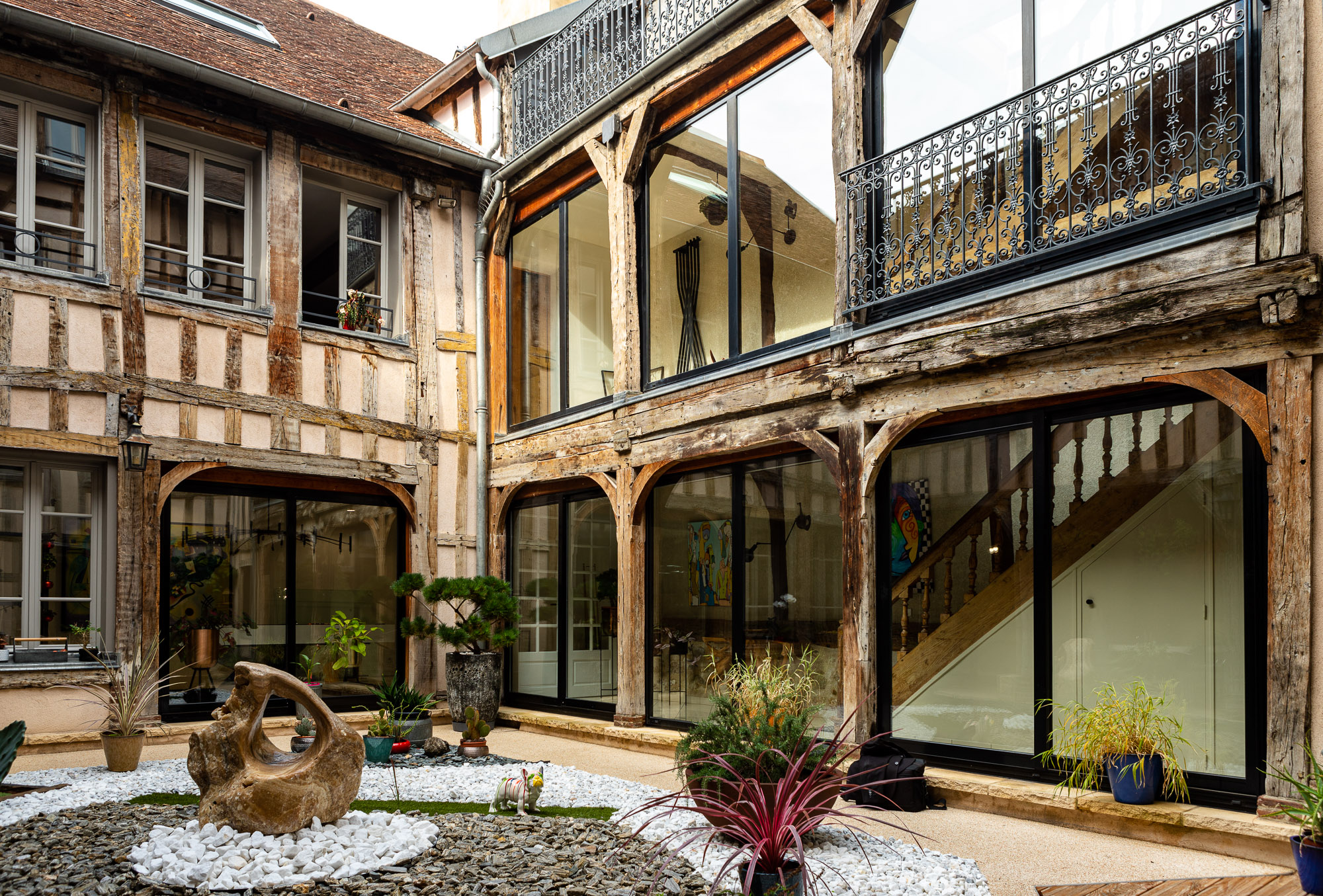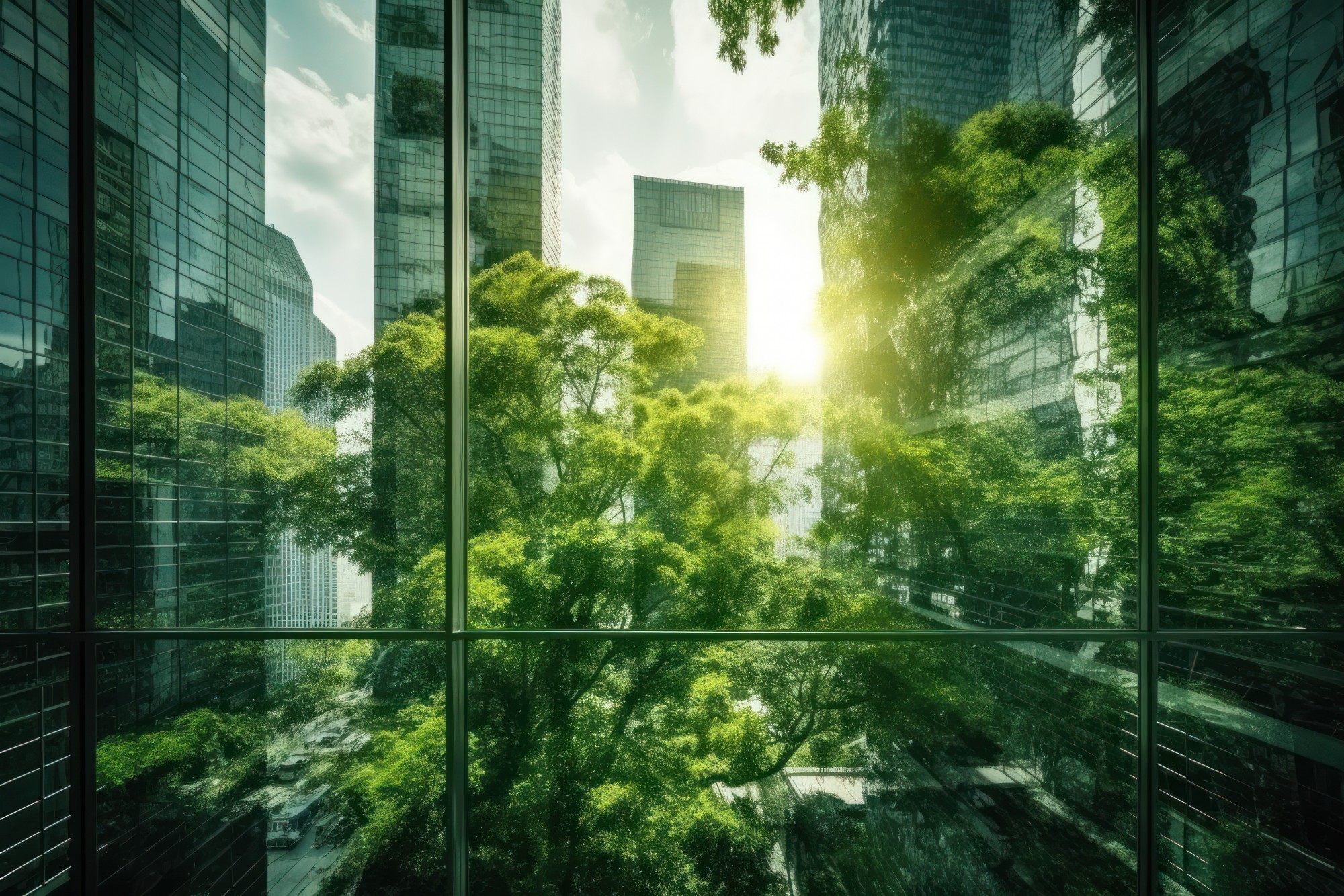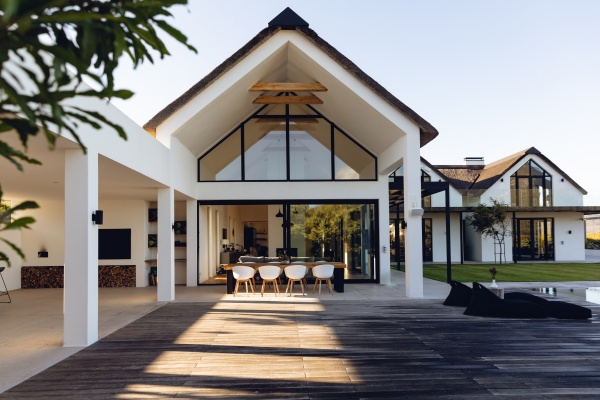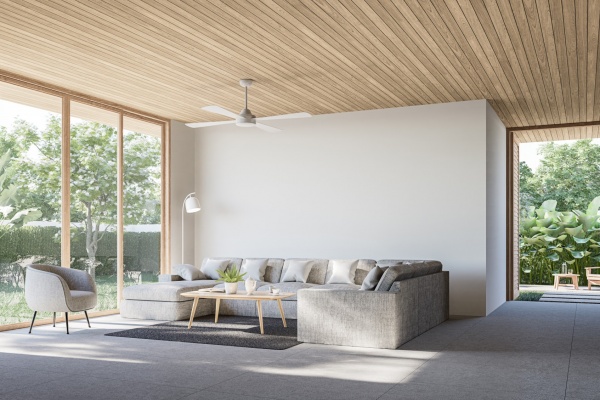Climate change, caused by anthropogenic factors, is currently one of the most important environmental problems worldwide. The carbon footprint is already being discussed almost everywhere and the media are discussing what can be done to reduce the problem. Today, we will take a look at the raw materials used to manufacture windows and their impact on the environment.
What is a carbon footprint?
Governments, NGOs and industry and business representatives are taking initiatives to reduce greenhouse gas emissions. They monitor, review and forecast the effects of climate change. As a result of these activities, a tool has emerged to determine the environmental impact of a product, the idea of a carbon footprint.
A carbon footprint is the total sum of greenhouse gas emissions produced directly or indirectly by a person, organisation, event or product. It is therefore a type of ecological footprint.
The carbon footprint of a product (which is what we are interested in in this case) includes the emissions caused by the extraction of the raw materials from which it is made, its production, use and storage. A transparent inventory of greenhouse gas emissions makes it possible to determine a product's individual climate impact.
Window raw materials and carbon footprint
"Green solutions" - timber and aluminium windows
Aluminium windows
For joinery that is supposed to be as environmentally friendly as possible, the most important thing is the choice of material. When considering a suitable solution, we often only consider manufacturers of timber products. However, this is a mistake, as aluminium is just as "green" a material as timber and, importantly, significantly improves the energy standard of a building. Window joinery made of this material minimises heat loss from the building - apart from the financial benefits, it also contributes to caring for the environment.
Furthermore, aluminium is a material that can be completely recycled and reprocessed into a new generation of products. Over its life cycle, aluminium can be used to make products virtually indefinitely and its unique properties are not altered in any way.
See our range of aluminium windows:

Aluminum doors by Aikon Distribution
Timber windows
Timber is an all-natural, and therefore environmentally friendly, raw material. It is recyclable, fully biodegradable, its processing is safe, and the varnishes and paints used to paint wood are not hazardous to the environment.
In addition, manufacturers ensure that the wood they use for their windows comes from controlled forestry production, which minimises negative environmental impact, avoids protected forests and does not harm either humans or animals.
What's more, the proper processing and pressing of the wood means that its waste is drastically minimised. High durability in turn means that windows do not need to be replaced for many years.
The harvesting of wood for windows involves felling trees - a fact that may be of concern to those who are very close to ecological issues. However, it is worth knowing that wooden windows can have a positive impact on the climate and the environment. How is this possible? One of the most important functions of trees is to absorb carbon dioxide. It is estimated that one tree absorbs up to 7 kilograms of CO2 per year, but this figure can differ significantly between old and young trees (in the growth phase). Aged plants lose their ability to absorb large amounts of harmful gases and show much lower efficiency in doing so. Cutting down such trees and planting a few new ones instead can be ecologically beneficial - trees in the growth phase absorb much more carbon dioxide than old specimens.
See our range of timber windows:
Timber as a raw material with a negative carbon footprint?
The emissions that occur during the processing and transport of wood are usually less than the amount of CO2 the tree took in before it was felled. For this reason, wood is sometimes referred to as a building material with a negative carbon footprint.

Timber windows by Aikon Distribution
UPVC windows vs. carbon footprint
Modern uPVC windows do not emit harmful substances and do not adversely affect human health or the environment. It is true that the frame materials are more difficult to recycle than wood, but they are recycled instead - so they can even be used several times. The reuse of materials reduces the amount of waste produced and lowers the costs (including energy costs) of manufacturing new products.
Polish window manufacturers show a great care about the environment
The creative process of any type of window consumes water, electricity and heat and, of course, emits CO2 into the atmosphere. This is unavoidable. Polish window and door manufacturers, however, take care to leave a much smaller carbon footprint after this production. To this end, they use, among other things, energy from solar panels. By using photovoltaics, they save large amounts of electricity, thereby reducing the aforementioned carbon footprint and emitting far fewer greenhouse gases into the atmosphere. They also achieve their low carbon footprint through the use of modern machinery in the manufacturing process and a high proportion of secondary, i.e. recycled, raw materials. In addition, Polish window manufacturers also make use of more environmentally friendly packaging - they strive to make it recyclable and plastic-free, while providing excellent protection.
Summing up
In this era of a conscious approach to construction, we should also be guided by ecological aspects when selecting window and door joinery. The development of technology allows manufacturers to produce windows from raw materials that are easy to process, recyclable and not harmful, for which not only the planet, but also future generations will thank us.
Modern ecological windows are also designed to ensure maximum thermal insulation of the building and take care of the thermal comfort of the occupants. The tailor-made joinery and its components retain heat inside, making the house self-sufficient in terms of heating and energy requirements. This saves the money we would have had to spend on bills and emits far fewer greenhouse gases into the atmosphere.
If you are interested in purchasing environmentally friendly joinery, please contact our sales representatives, who will help you choose the right products.
Read also:






